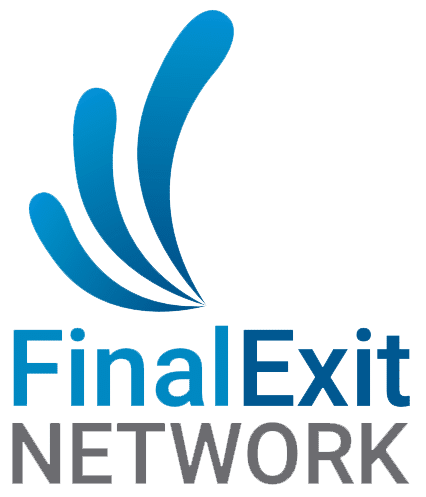Good Death Society Blog Holiday Schedule and a Song to begin the new year and say goodbye to the old one.
The Good Death Society Blog Holiday Schedule and More, including an UPDATE and poem for the season

We conclude year 2019 of The Good Death Society Blog with a look at end-of-life books published this year, courtesy of blog contributor Jim Van Buskirk.

This post looks critically at the view that Medical Aid In Dying (MAID) is not a human right.
There will no post for December 2
Posts will resume for December 9 and 16
###########################################
But we don’t want you to go away empty-handed:
“The World Is A Beautiful Place”
by Lawrence Ferlinghetti
The world is a beautiful place
to be born into
if you don’t mind happiness
not always being
so very much fun
if you don’t mind a touch of hell
now and then
just when everything is fine
because even in heaven
they don’t sing
all the time
The world is a beautiful place
to be born into
if you don’t mind some people dying
all the time
or maybe only starving
some of the time
which isn’t half bad
if it isn’t you
Oh the world is a beautiful place
to be born into
if you don’t much mind
a few dead minds
in the higher places
or a bomb or two
now and then
in your upturned faces
or such other improprieties
as our Name Brand society
is prey to
with its men of distinction
and its men of extinction
and its priests
and other patrolmen
and its various segregations
and congressional investigations
and other constipations
that our fool flesh
is heir to
Yes the world is the best place of all
for a lot of such things as
making the fun scene
and making the love scene
and making the sad scene
and singing low songs and having inspirations
and walking around
looking at everything
and smelling flowers
and goosing statues
and even thinking
and kissing people and
making babies and wearing pants
and waving hats and
dancing
and going swimming in rivers
on picnics
in the middle of the summer
and just generally
‘living it up’
Yes
but then right in the middle of it
comes the smiling
mortician

This week’s post discusses the 2018 VSED death of Rosemary Bowen at age 94, based on the 16-minute film about her experience.

A member of the Final Exit Network, who wishes to remain anonymous, explains what pancreatic cancer has been like for him.

Dr. Jessica Nutik Zitter, MD, MPH, shares two more vignettes from her book “Extreme Measures: Finding a Better Path to the End of Life.” The book provides an insider’s view of intensive care in America and its impact on how we die.

This week’s post includes two vignettes from the book “Extreme Measures: Finding a Better Path to the End of Life” by Dr. Jessica Nutik Zitter, MD, MPH. The book provides an insider’s view of intensive care in America and its impact on how we die. Part 2 will appear next week.





